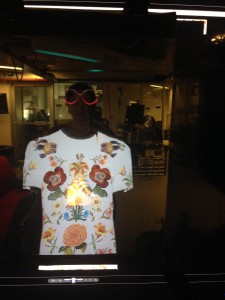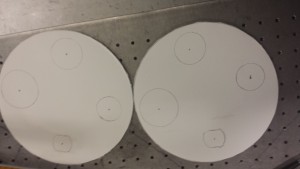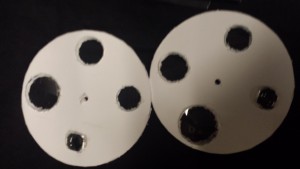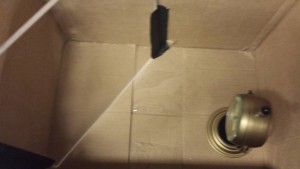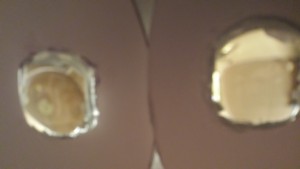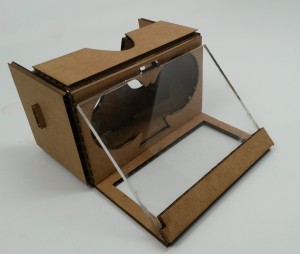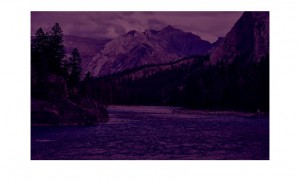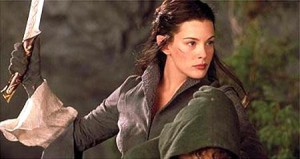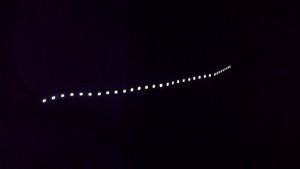For my Pepper’s Ghost project I decided to piggyback off of an idea that Professor Novy sent out to the the class. The project was called the aspire mirror; when the user peered in to the mirror, it reflects what the user is inspired by. Here’s a link to the website.
http://www.aspiremirror.com
With a half-silvered mirror and a massive 8k tv, I had all the technology I needed to start creating my project. After studying a great deal about pepper’s ghost and seeing the aspire mirror, I realized I could use this method to create a new form of online shopping technology!
This project works best in a room with natural lighting. Unfortunately the 8k tv I had available was in dark room so I had to provide some lighting with artificial lights, but when creating this effect in my room with sunlight over my computer screen it worked much better. I first placed the half-silvered mirror over the 8k tv as closely to the screen as possible. On the 8k tv behind the mirror I created a black background. Since the background behind the mirror on the tv was darker than the light in front of it,the mirror reflected my image back at me. I then found items for sale online like a shirt or sunglasses and cut their images out, placing them on back backgrounds. After some very very careful positioning. I flipped through a slideshow of images to present what the future of online shopping would be like! First I showed the main websites regular online shopping page. I displayed the items for sale through the mirror (This showed through the half silvered mirror like a regular screen). Then I chose an item to model by showing the item placed on a black background; wherever the black background on the tv was, I saw a reflection but wherever I had placed the item, that showed through!
Some complications of this project were trying to get the half-silvered mirror to stay on the 8ktv (I ended up duck taping it up), placing the objects to fit exactly on the right spot on my body in the reflection, and getting the lighting to work in the 8ktv room. In the future I think a good addition to this project would be to add an Xbox kinect or some other device to track exactly where body parts are to overlay images on top of them.
Below is an image of the final output on the 8k tv. Better images hopefully to come soon!

